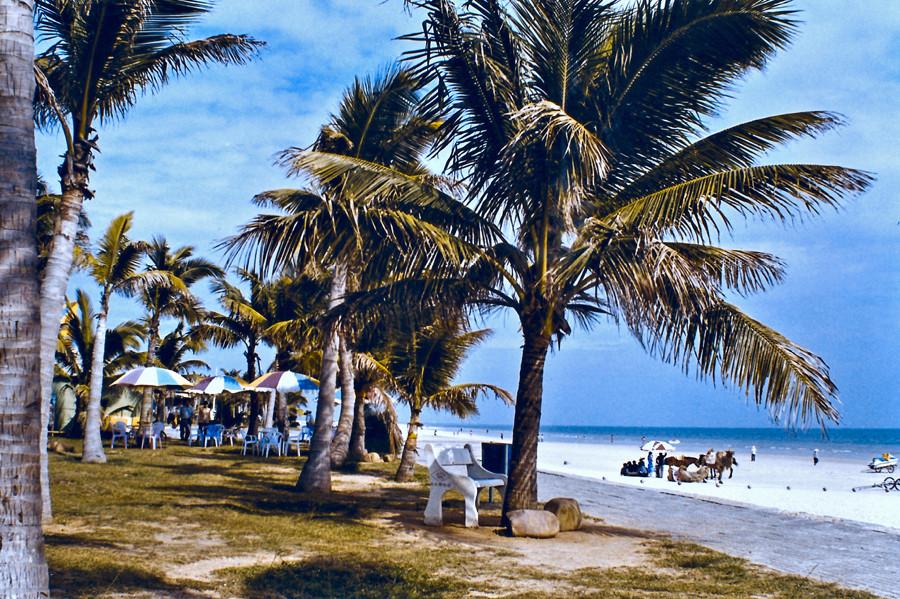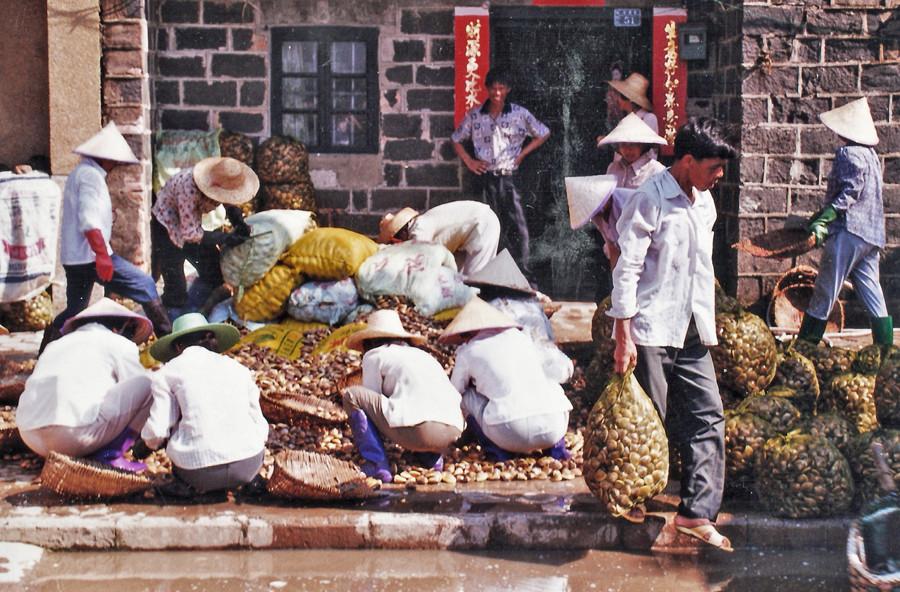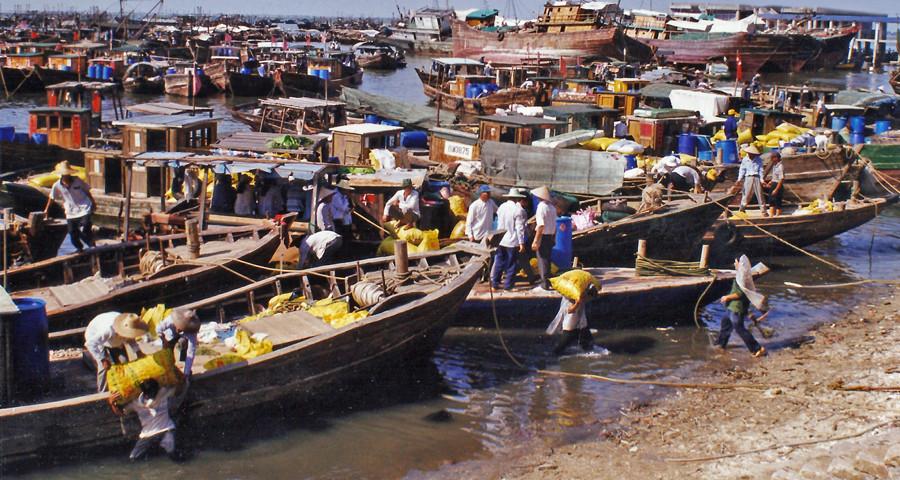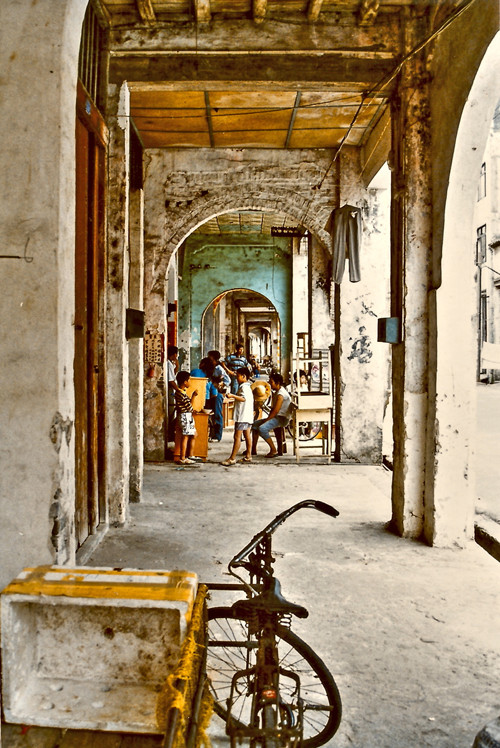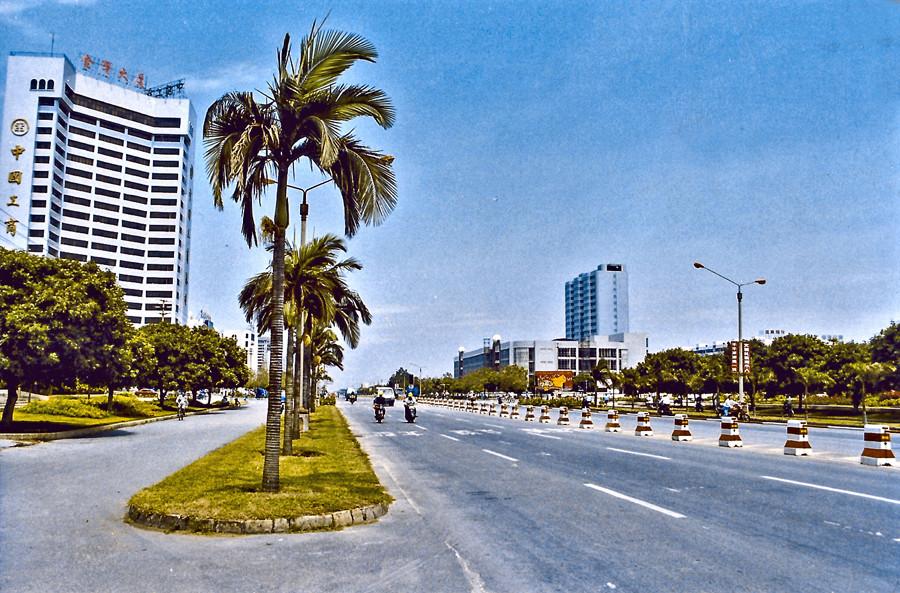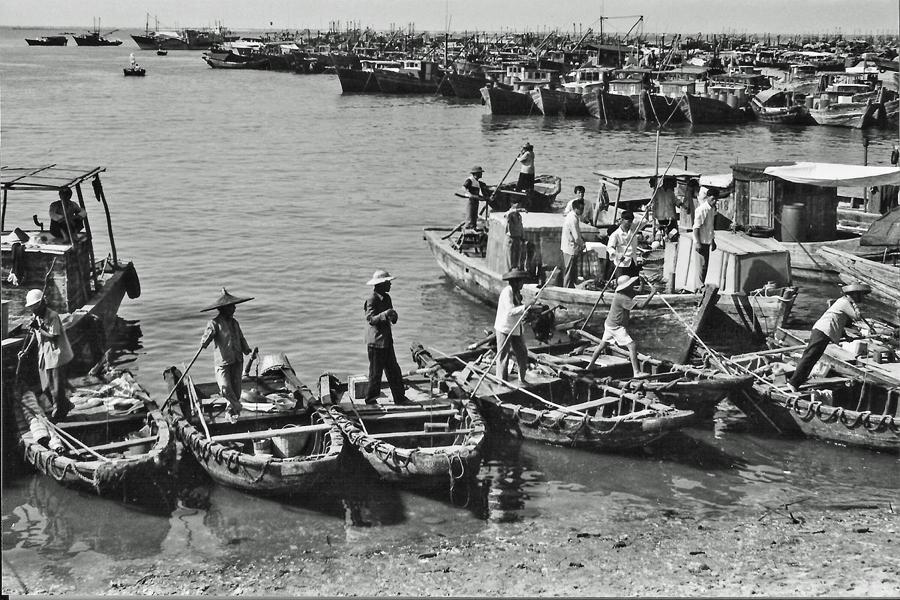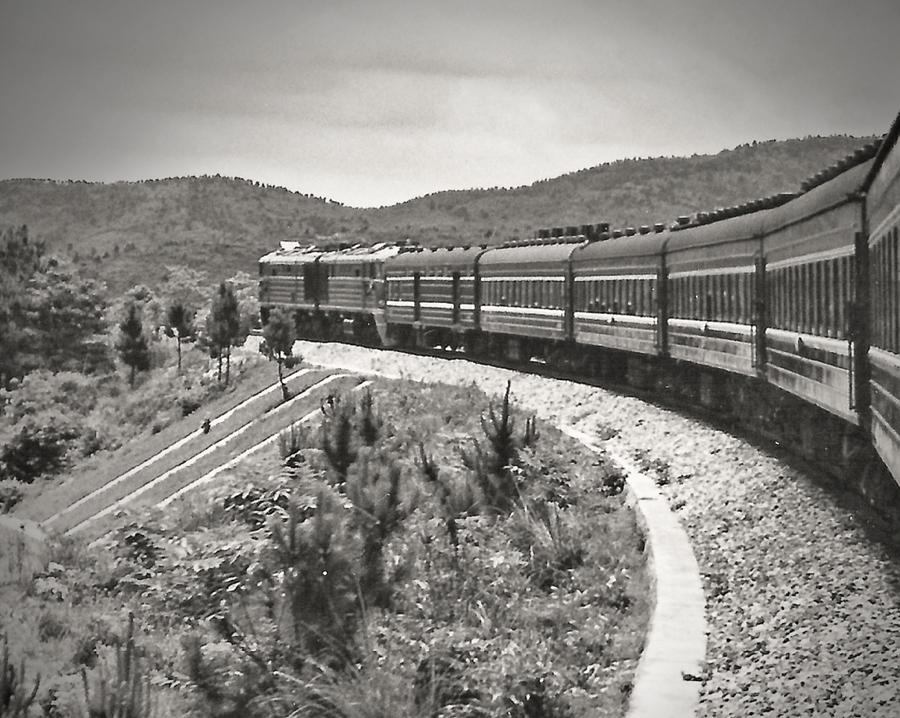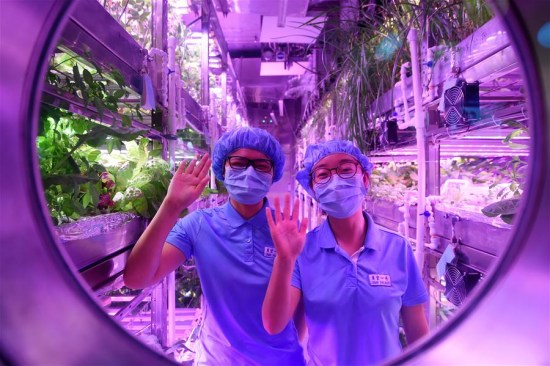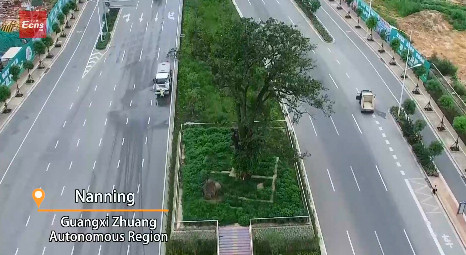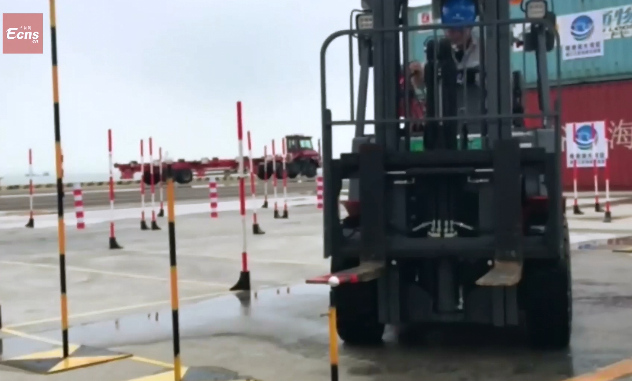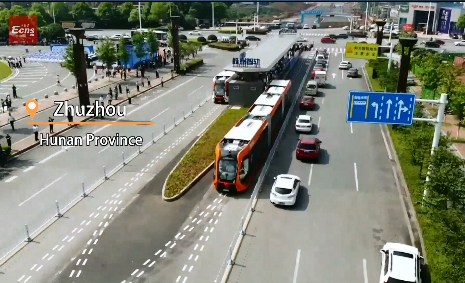
Renmin Park Nanning 1999 (Photo/chinadaily.com.cn)
A scenic railway journey connected both cities, winding through sub-tropical coastal landscapes, passing rivers with fishermen on bamboo rafts and tea, rice and rubber plantations. Considerable road and urban construction was underway. Pulling into Beihai's large, modern terminal in 1999, only two daily trains connected it with Nanning and Guilin. Today it is served by 28 high-speed ‘D-series’ trains, including 7 travelling to Guangzhou in under 6 hours!
The station sat in a new area, then in early stages of development. My hotel was in the heart of established Beihai on busy Zhongshan Road, close to a beautiful park of the same name. This was a great location for walking — after only a few minutes I came into one of the city's older areas. Streets were lined with the traditional domestic and commercial architecture of southern China. There were similarities to parts of coastal Guangdong or older zones of Haikou. Often the white-colored buildings, which I refer to as "Sino-Portuguese architecture", were built out over the pavement to protect from sun or rain. Commercial life, often associated with fishing, was conducted there. Ropes, nets and anchors were on display at 'walk-in' shops, and women would sit for hours sewing fishing nets. Heavy gear such as propellers were welded or repaired. On the streets, women wearing the ubiquitous circular bamboo hats pedaled bicycle carts.
Sections today are included within Beihai Old Town (Lao Jia) or Zhuhai Pedestrian Street.
Beihai, whose name literally means ”north of the sea”, has had a long history as a seaport on the north shore of the Beibu Gulf — a position allowing it to serve international maritime trade for much of southwestern China as far north as Yunnan. It was also a prominent harbor on the Maritime Silk Road.
After 1876, eight Western nations set up consulates and associated facilities there, and some of the buildings still remain. This might be a reason why, even in 1999, there were some good bakeries within the older city.






